Today I’m going to share the New Yorker’s guide to Wall Street & The Financial District. This is the area where I’ve lived and started my tour company so I know it very well. I will cover South Street Seaport and Battery Park in this guide as well. To learn more about this area, I recommend you join my Secrets of New York tour. It is a 3-hour walking tour where you’ll travel through hidden passageways, hear fascinating true stories of the area, and learn secrets from the city’s origins.
In the meantime, let’s begin the guide with history. Later I’ll share my favorite things to do, eat, see, and drink.
Watch our live tour of wall street and the financial district:
The History of Wall Street & The Financial District
Wall Street and the Financial District are located at the lower tip of Manhattan, which makes it where the city first started! This area is rich in history. I recommend the Secrets of New York tour if you are a history lover because I can’t cover all of its history in this article.
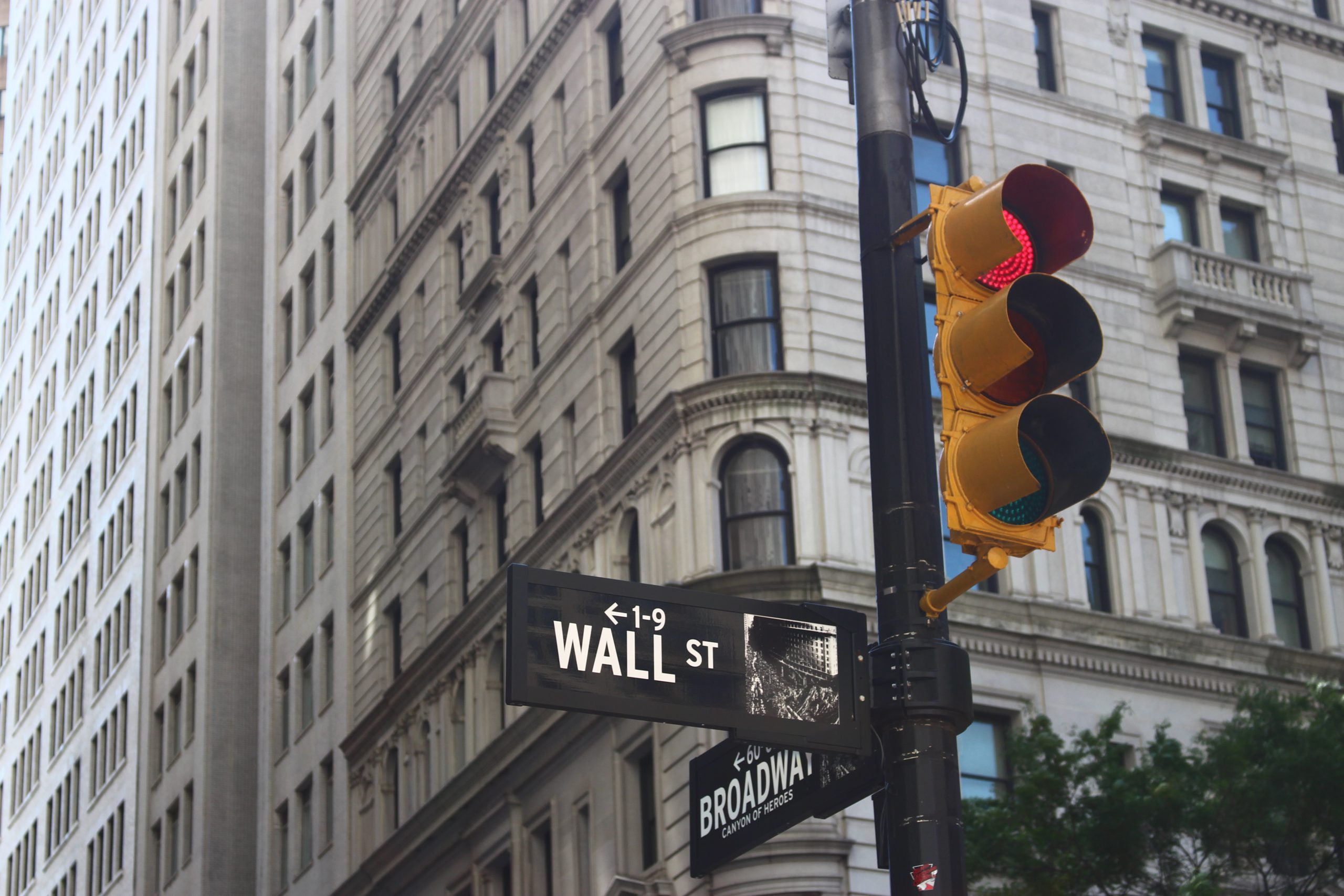
It all started in Battery Park for about $24
Manhattan’s tip first harbored New York’s first European settlers and witnessed its earliest development. Peter Minuit, a Dutch governor, made the city’s most famous real estate deal here in 1626 when he “purchased” Manhattan from the Native Americans for 60 guilders, which equals about $24 today. However, the Native American’s didn’t believe in the concept of land ownership so it is believed that they did not know they were selling the land to Minuit.
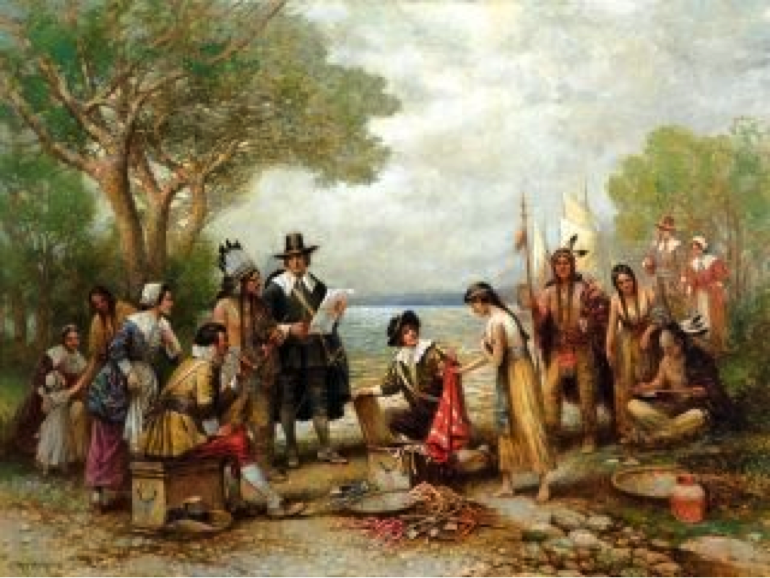
From New Amsterdam to New York and back again
When the Dutch first arrived in 1624 they named the island “New Amsterdam” after their home. However, the British arrived in 1664 and took over the area, eventually naming it “New York” after the Duke of York. From there, they battled back and forth and the name was switched between “New Amsterdam” and “New York” four more times before it was eventually confirmed “New York” for good in 1674.
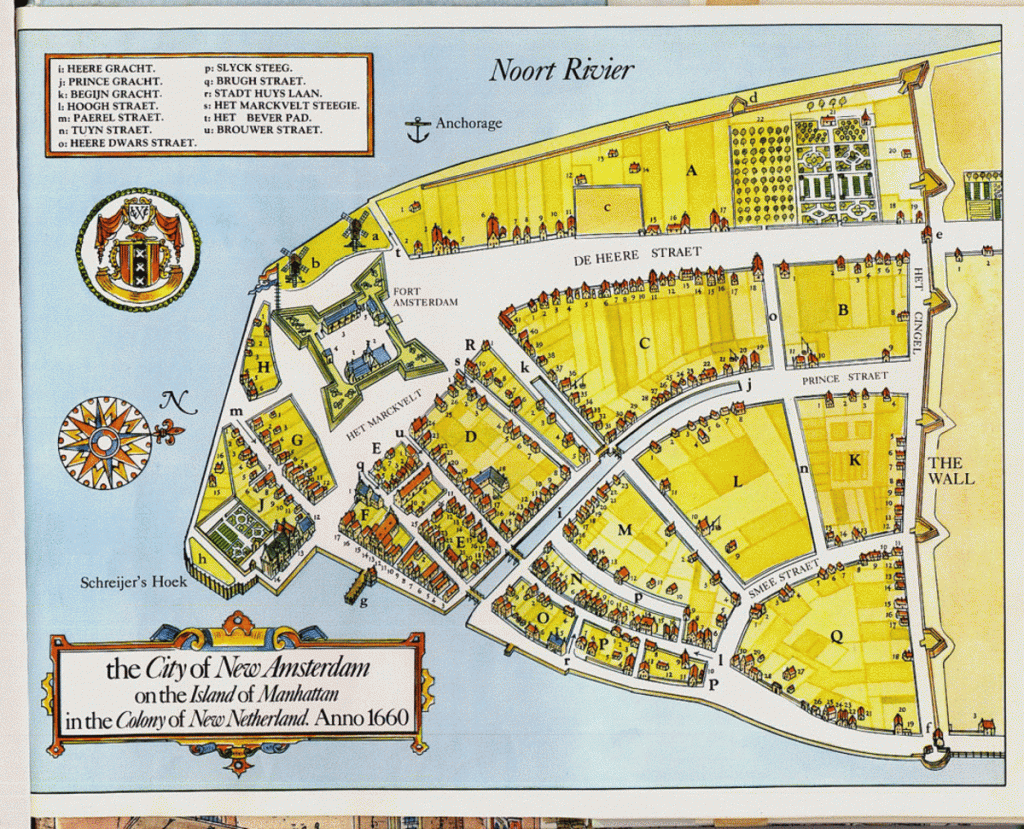
The Revolutionary War took place here
New York was a crucial port city for the British, so when the Americans wanted independence the British did not give up control easily. This started the Revolutionary War, which destroyed a lot of what lower Manhattan looked like in the 1700’s. Americans declared their independence from Britain on July 4, 1776. However, it took nearly seven years before the British fully gave up on controlling the colonies on November 25, 1783 (also known as evacuation day).
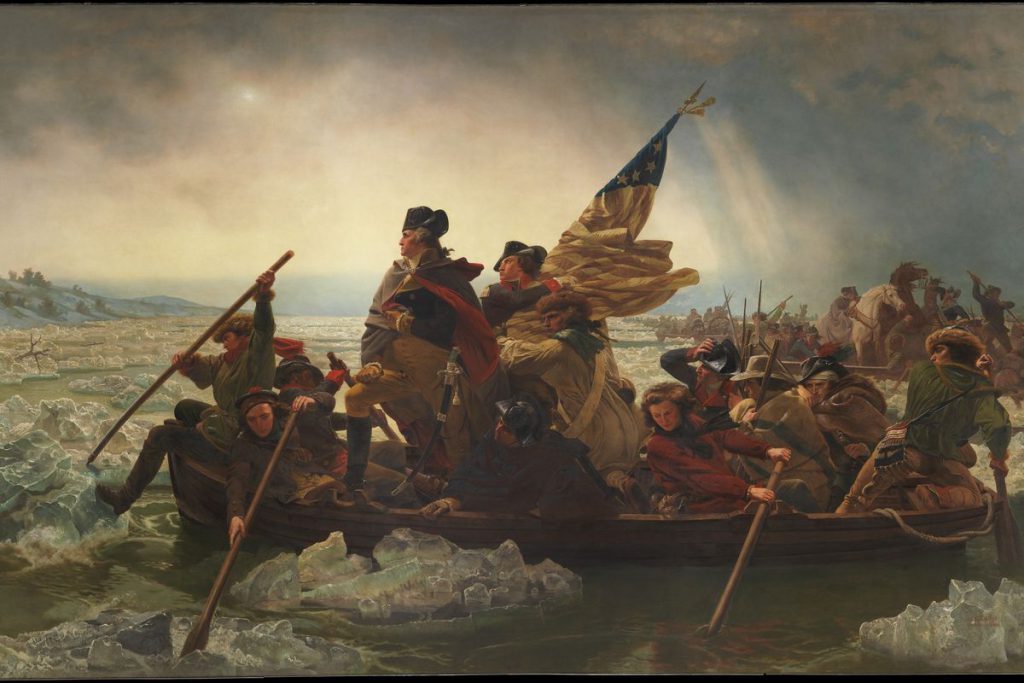
The Stock Exchange Started in the Financial District under a tree
Most people think of Wall Street when they hear the words Financial District. They’re not wrong. However, Wall Street was named after a wall built at its location in 1653 to separate the British and Dutch neighbors. Eventually, the wall came down in 1699. Since then, Wall Street is known as the center of the Financial District.
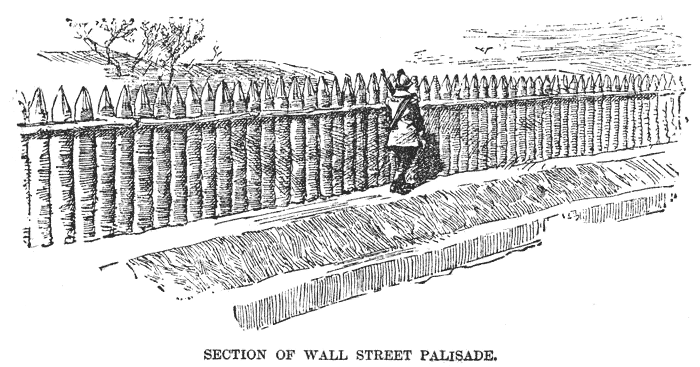
The Financial District was born in 1817 under a sycamore tree where brokers used to meet. Today that site is located on the northern side of Wall St, between William and Pearl Street. However, the Financial District became what it is today in 1903 when the Stock Exchange was moved to its current location. For many years all of the financial business where here. Unfortunately, when 9/11 occurred many moved uptown. Today those buildings have been turned into luxury residences.
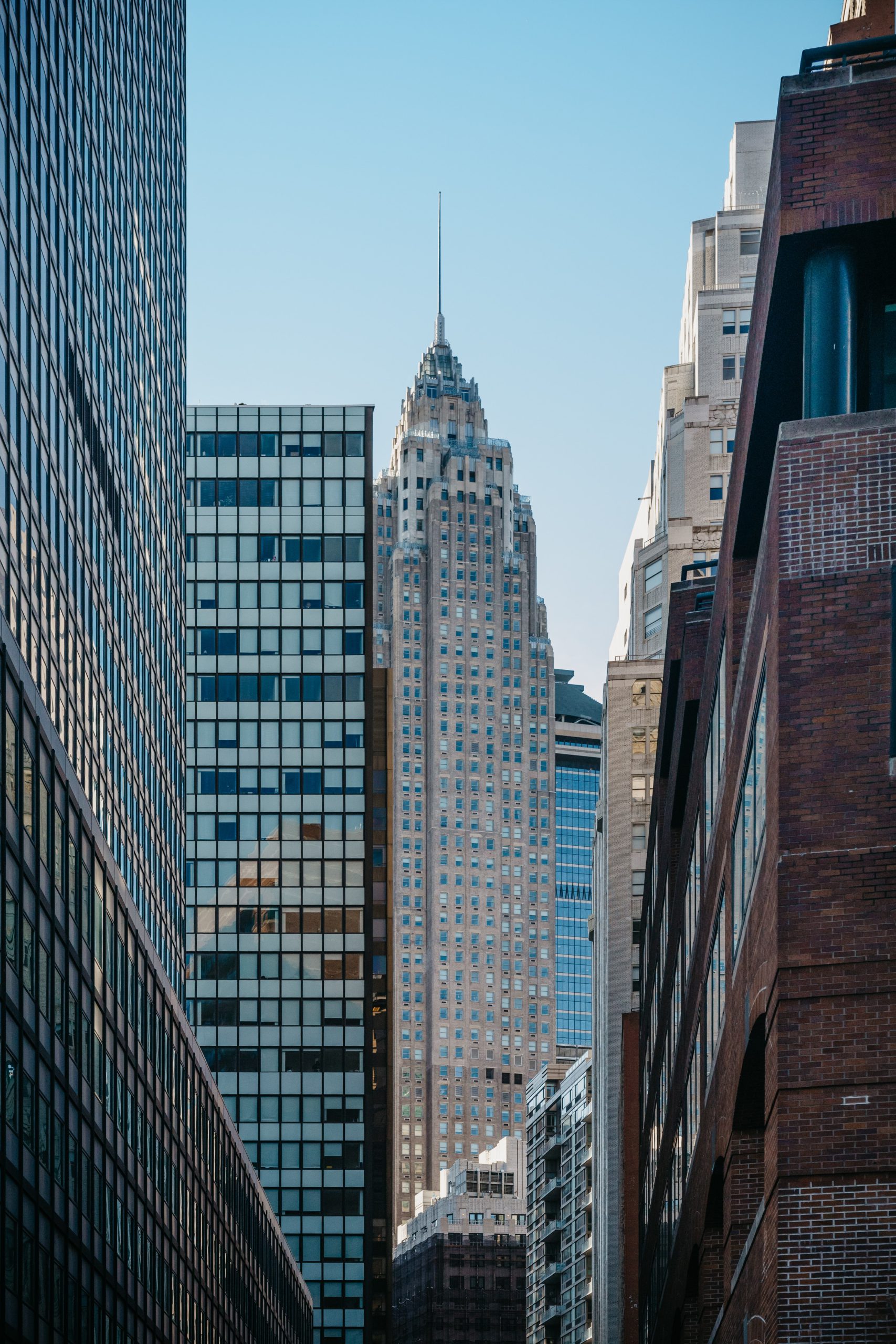
The New Yorker’s guide to sightseeing in Wall Street and Financial District
Battery Park
Battery Park offers spectacular views of the New York City harbor, as well as bike paths, a carousel, fountains, statues, and sculptures. It is also where you get on the ferry to see the Statue of Liberty and Ellis Island. This area tends to be very busy and filled with visitors, so watch out for some of the tourist traps here. The park was named after a row of cannons on the shoreline that once protected New Amsterdam from the British.
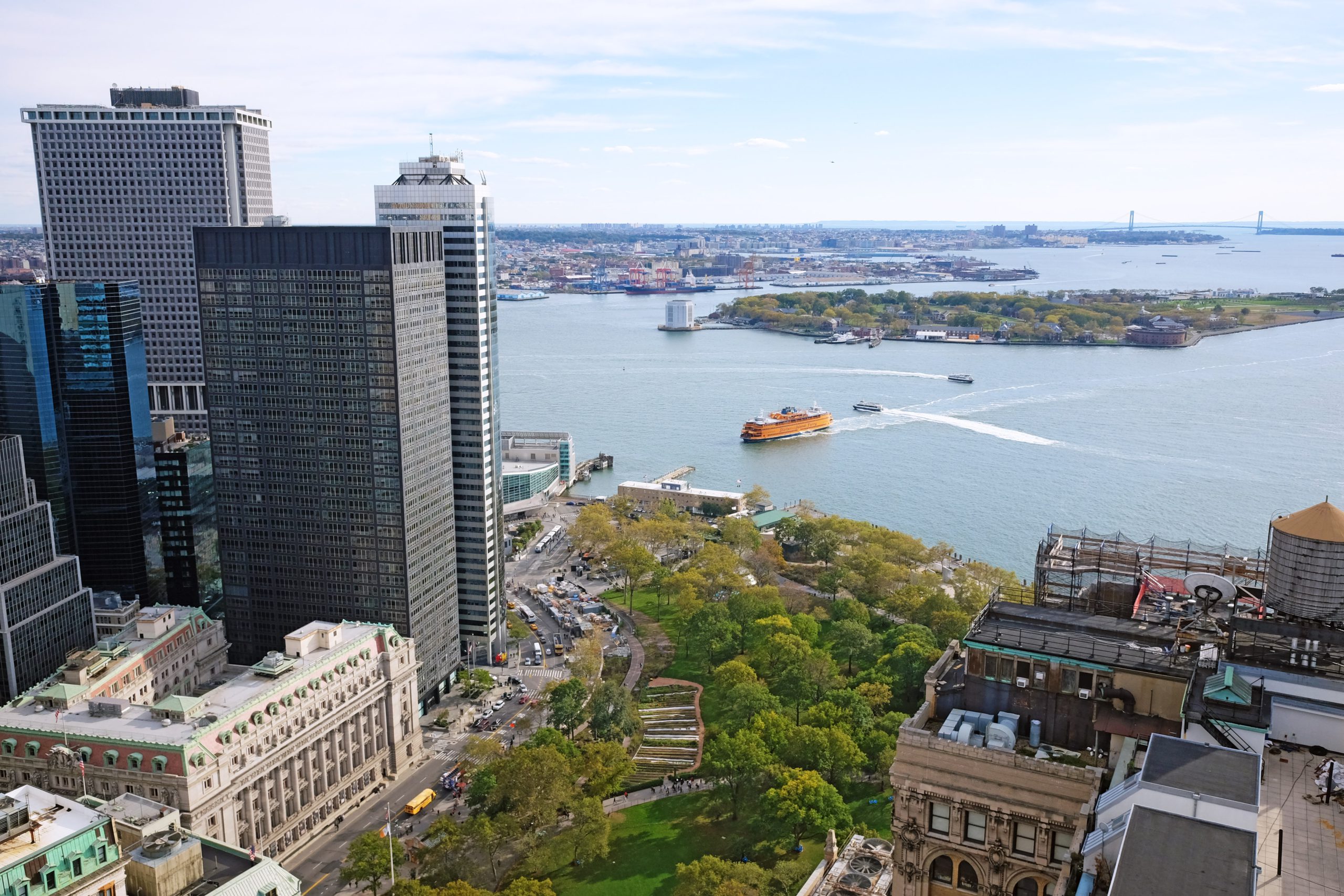
The Customs House
The customs house sits on the site of New York’s first permanent settlement. Today it is the Federal Bankruptcy Court and the branch of the National Museum of the American Indian. The beautiful Beaux-Arts building from 1907 was designed by architect Cass Gilbert. If you look at it in detail, you’ll notice that the facade is decorated with emblems of commerce and the sea. The window arches are the heads of the eight “races” of mankind.
The statues on the front were designed by Daniel Chester French, best known for his Lincoln Memorial piece, and represent the four continents (at the time); Asia, America, Europe, and Africa.
Bowling Green Park
Bowling Green Park was the city’s first park during the Dutch colonial period. A fun fact is that the fence surrounding it is original from 1771, but that there was a statue inside of George III that was ripped down on July 9, 1776, by a group of angry patriots incited by a reading of the Declaration of Independence. The statue was later melted down and used as bullets for the revolutionary wall.
The Charging Bull Statue
The Charging Bull Statue is an iconic place to take a photo in New York. It symbolizes the city’s Financial District and was created by Arturo Di Modica in 1989. It was originally placed in front of the New York Stock Exchange but they did not like it and had it removed. However, the public loved it and it was brought to its current location shortly after.
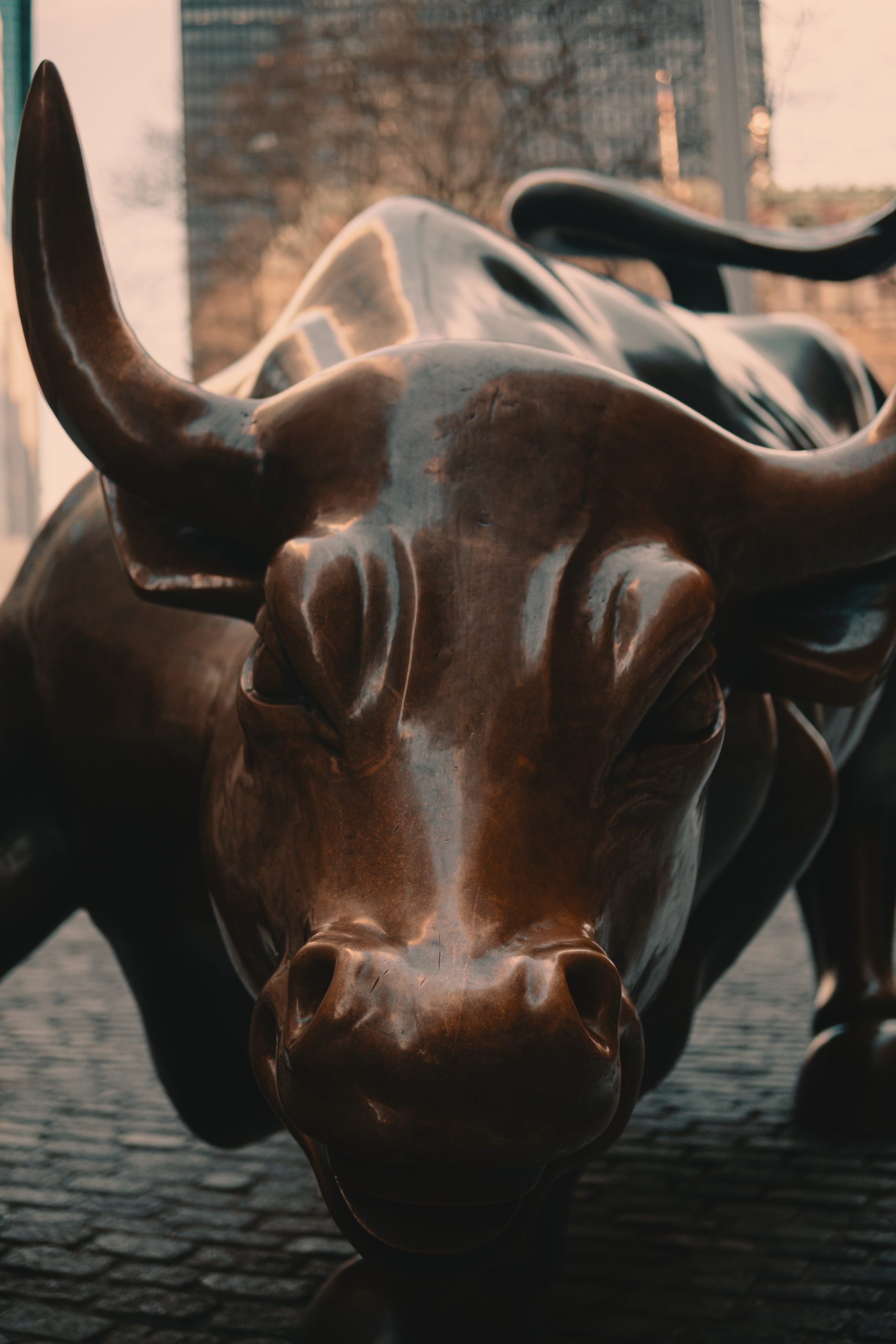
South Street Seaport: Top Pick for the New Yorker’s Guide to Wall Street and the Financial District
I love the South Street Seaport so much that I made it one of the stars of my Secrets of New York tour. This is a landmarked area that is lined with old Federal and Greek Revival buildings. There are also great restaurants, boutique shops, and, even, an ice skating rink in winter. I recommend walking around this area because there is so much to see.
Insider tip: Head to pier 16 for an epic view of the Brooklyn Bridge!

Trinity Church: Top Pick for the New Yorker’s Guide to Wall Street and the Financial District
Trinity Church is one of New York’s most famous houses of worship. It was originally built in 1697. However, the current version of the church was completed in 1846 by Richard Upjohn in the Gothic Revival style. In 2013 Trinity Church was valued at $3 billion, which is quite a bit more than its annual rent of a peppercorn in 1697!
Insider Tip: Don’t miss walking through the graveyard. You can see Alexander Hamilton’s grave!
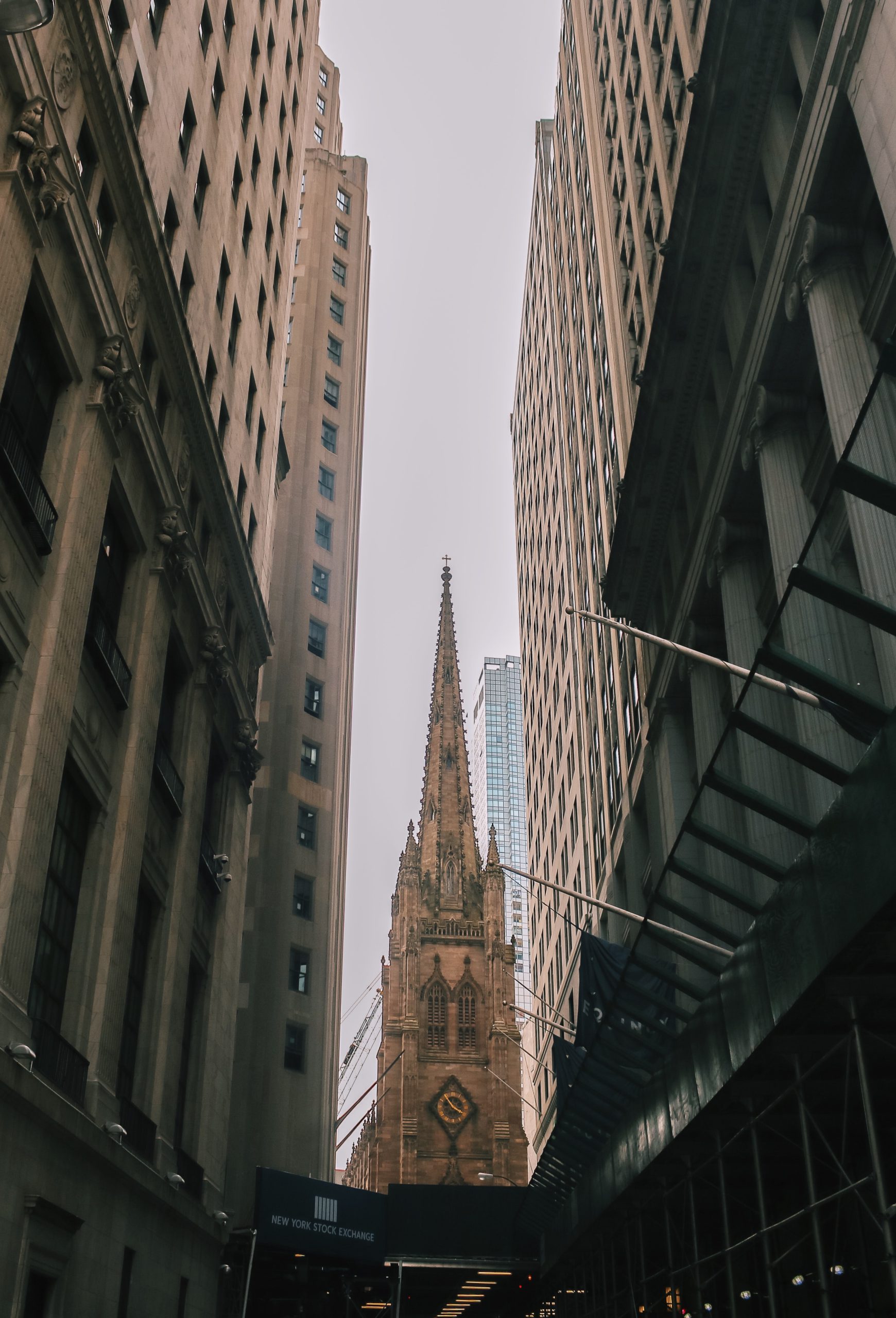
Federal Hall
New York’s first city hall was constructed on this site in 1699 by the British. George Washington took the oath of office as the first President of the United States there on April 30, 1789. Shortly after it New York became the capital of the US, and city hall was renamed “Federal Hall” to honor its status. Federal Hall is where congress met and passed the Bill of Rights. Unfortunately, the federal government was moved to Philadelphia in 1790, and old Federal Hall was torn down in 1812.
The current building is the US Custom House. It was built in 1842 with a Greek Doric portico to symbolize the democratic ideals of ancient Greece. It is one of the finest examples of Greek Revival temple architecture in the USA.
The New York Stock Exchange
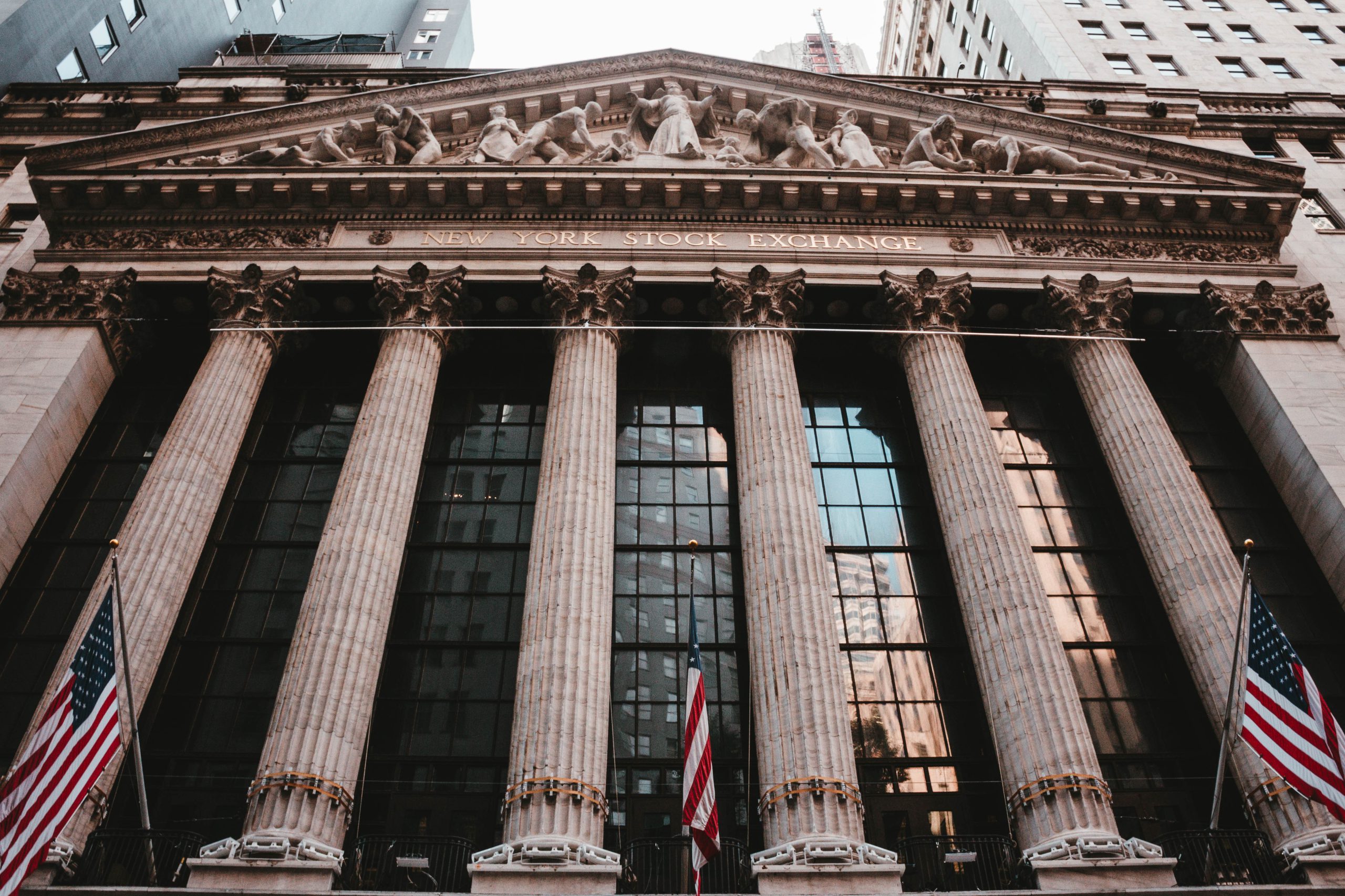
The New York Stock Exchange is the world’s largest in market capitalization. The building (1903) is designed to look like the “temple” if capitalism. The sculptures along on the top depict “Integrity Protecting the Works of Man”. The works are mechanical arts, electricity, surveying, building, and agriculture.
The New Yorker’s Guide to eating and drinking around Wall Street & The Financial District
Frances Tavern: Top Pick for the New Yorker’s Guide to Wall Street and the Financial District
Frances Tavern is my favorite restaurant in the area. It has a fascinating history because it is where George Washington celebrated the end of the Revolutionary War and bid farewell to his troops in 1783. It also has a secret museum on its second floor.
They are a great place to get brunch or dinner. I recommend ordering the filet mignon on a sizzling hot stone or the pot pie. Frances Tavern also has music on weekends. Check their website to see who is playing this weekend.
The Dead Rabbit: Top Pick for the New Yorker’s Guide to Wall Street and the Financial District
The Dead Rabbit has been awarded the world’s number one bar several times. It has great drinks and a fun pub atmosphere with sawdust on the floor. I recommend trying their Irish Coffee.
Insider Tip: If you can visit before 5 pm that is ideal because it gets very crowded!
The Bars Along Stone Street
Stone Street has a rowdy drinking scene during the weekends and after work. Wall Street workers come here to drink. You can’t go wrong in most places here, so I recommend finding a table outside and enjoying a pint.
Delmonico’s Steak House
Delmonico’s is one of the city’s oldest and most iconic restaurants. It was designed with the gilded age in mind and is where Baked Alaska and Eggs Benedict were invented. It is very expensive so save this location for a special occasion!
Oyster House Bar & Restaurant
This seafood restaurant is located in Pier A Harbor House. It is inspired by the old oyster houses of New York and the fish market traditions of Lower Manhattan.
Insider tip: I recommend getting a seat outside where you can see the Statue of Liberty.
Trinity Place Restaurant & Bar: Top Pick for the New Yorker’s Guide to Wall Street and the Financial District
Trinity Place Restaurant & Bar is built inside a turn of the century wall street Bank vault commissioned by none other than Andrew Carnegie. It was advertised as the world’s largest and strongest bank vault in the world in 1904. Today it is a place for social gatherings where a modern American restaurant meets old-world splendor.
If you enjoyed this guide, check out my New Yorker’s guide to Chelsea and my e-books. It will help you see the best of New York! As always, head to my YouTube channel for even more advice on the best things to do, eat and see in the big apple.

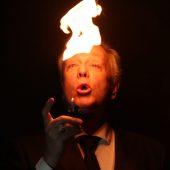



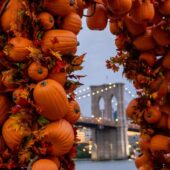
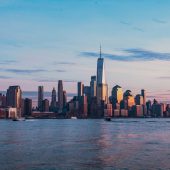

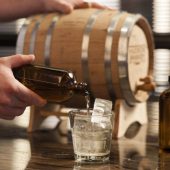
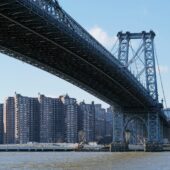


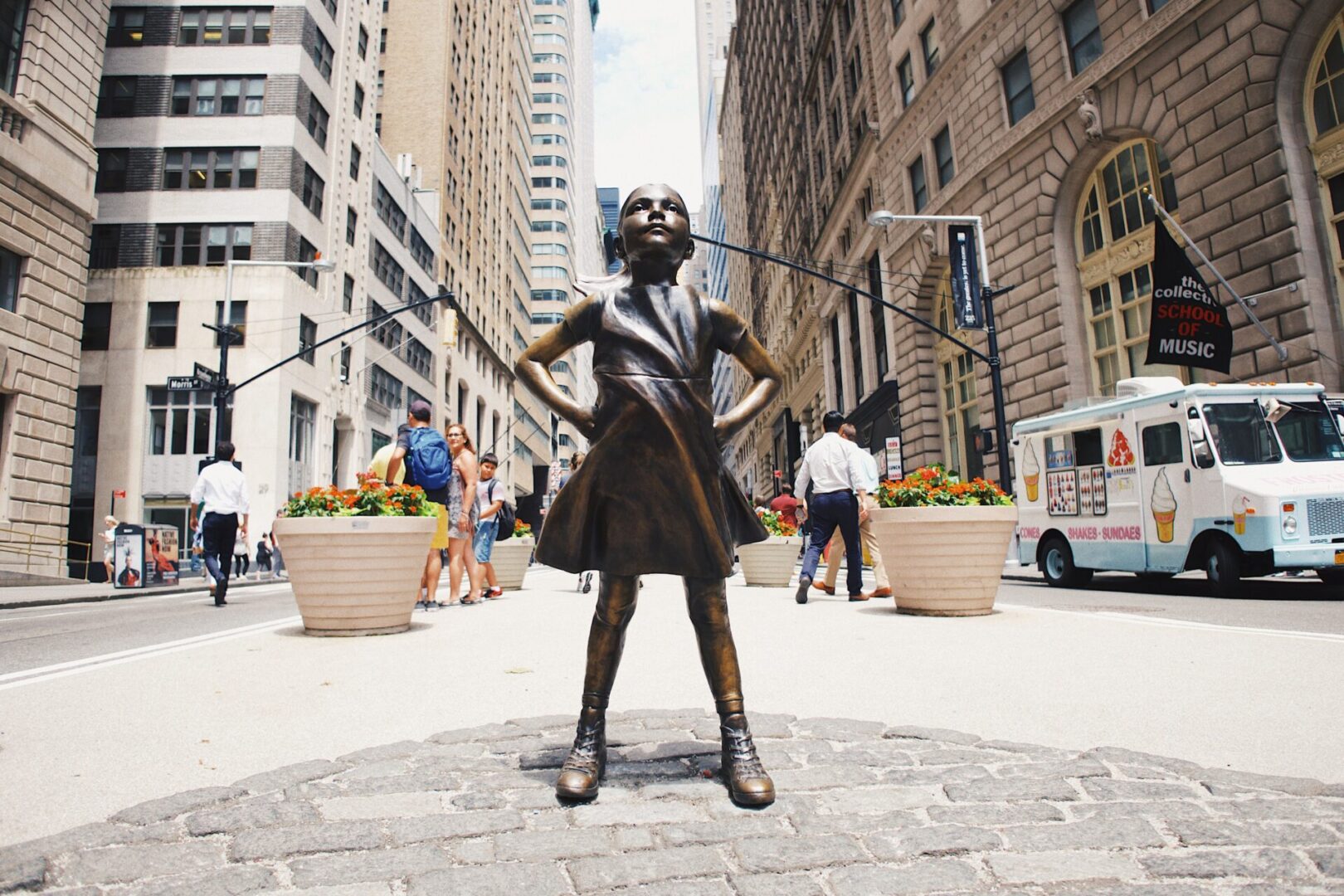
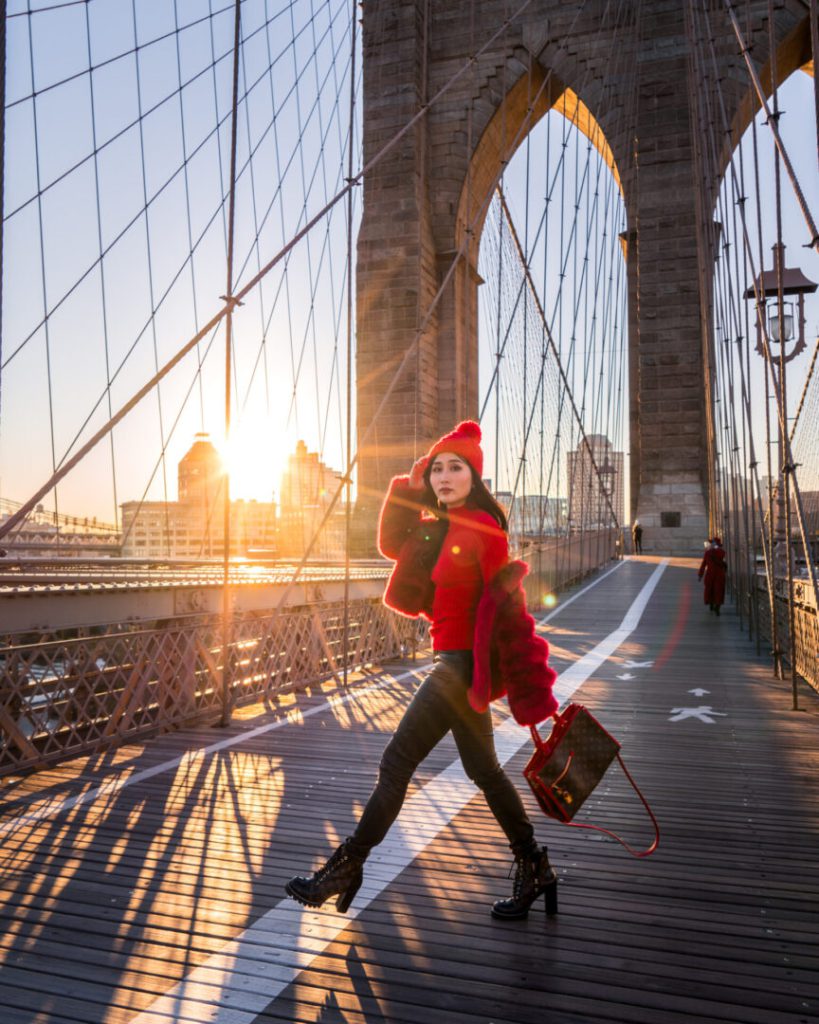
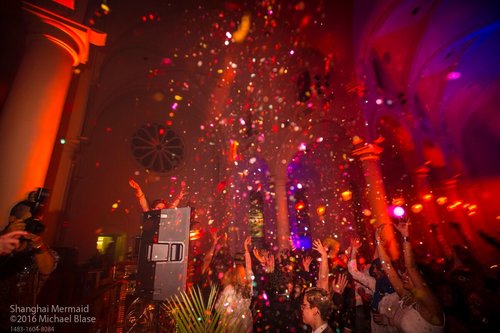

This site is protected by reCAPTCHA and the Google Privacy Policy and Terms of Service apply.